The Cobia is a species of fish in the Rachycentridae family. This species, Rachycentron canadum, is currently the only member in the family. The fish, which researchers place in the taxonomic order Carangiformes, share some genetics with remora, mahi mahi, jack, and more. Read on to learn about the Cobia.
Description of the Cobia
This species has several distinguishing characteristics. It has dark brown or black scales, with thick stripes of lighter coloration on either side of their back and near their underbelly. Its body has an elongated shape, and its head is rather wide and flat.
At its largest, this species reaches up to 6.5 ft. long. The heaviest specimens can tip the scales at nearly 150 lbs. However, the average fish measures 3.6 ft. long.
Interesting Facts About the Cobia
These fish have a number of interesting traits and adaptations. Learn more about what makes this species unique, below.
- A Fish of Many Names – People refer to this species by many different names depending on the region where they live. Some of the different names include crabeater, black bonito, black kingfish, lemonfish, and even prodigal son.
- Commercial Fisheries – In many regions, people purchase the meat of this fish. Its flesh has quality flavor and a firm texture that sells at a relatively high price.
- Cobia Culture – Aquaculture, that is! In several different regions of the world, people raise these fish in offshore fish farms, or aquaculture. The fish fetch a high price for their desirable meat. It takes about a year to a year and a half for the fish to reach market size.
Habitat of the Cobia
You can find these fish in coastal regions, but they typically do not directly interact with the shore or intertidal zones. Some common habitat preferences include coral reefs, near buoys, and around rocky outcrops. These fish also range into mangroves and estuaries.
Distribution of the Cobia
The range of this species extends through portions of the Atlantic Ocean, Indian Ocean, and the Pacific Ocean. It lives near shorelines along the coast of North, Central, and South America in the Atlantic. In the eastern Atlantic populations live along the coast of Africa and around into the Indian Ocean. This species also ranges throughout the Indo-Pacific region.
Diet of the Cobia
These fish have carnivorous feeding habits, and prey on other sea creatures. They primarily hunt for crab and other crustaceans, as well as fish and squid. You can also spot this creature ghosting along behind other predators, such as sharks and manta rays, and feeding on the scraps left behind by their catches.
Cobia and Human Interaction
Humans catch and raise these fish for commercial sale. The meat has high-quality flavor and texture, and fetches a high market price. People sell the fish fresh, frozen, and smoked.
Despite commercial fishing, much of the supply of Cobia comes from sustainable aquaculture, and thus wild populations have not suffered from human interaction.
The IUCN lists the species as Least Concern.
Domestication
Humans have not domesticated this fish in any way.
Does the Cobia Make a Good Pet
No, you wouldn’t want to keep this fish as a pet. They reach sizes much too large to house in a home aquarium.
Cobia Care
In fish farms, the most successful operations occur in deep waters with strong currents to flush and oxygenate the pens. Fish farmers raise the young fish, called “fry,” to an appropriate size in smaller tanks. Once they reach a large enough size, the farmers transfer the fish to the larger sea pens.
Behavior of the Cobia
These fish spend their time searching for food or following large predators to scavenge. Some swim alone while others form small groups, or schools. They often congregate near buoys, pilings, or floating debris in search of potential prey. Additionally, this species migrates seasonally.
Reproduction of the Cobia
This species reproduces via spawning. During this process, the females release their eggs and the males fertilize them outside of the body. Larger females produce more eggs. After fertilization, the eggs and larval young float in the water column with the rest of the plankton. It takes about two years for the young to reach sexual maturity.

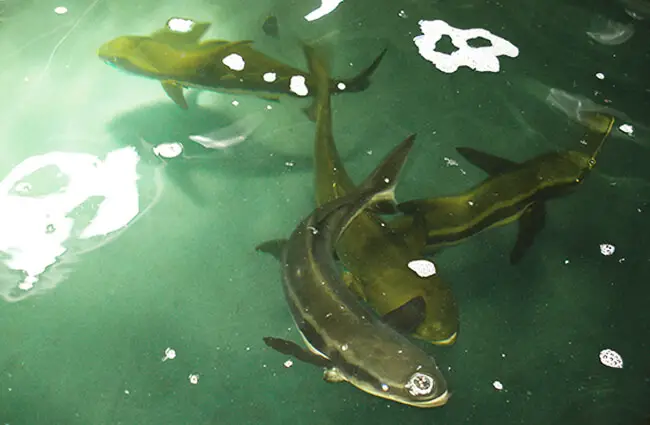
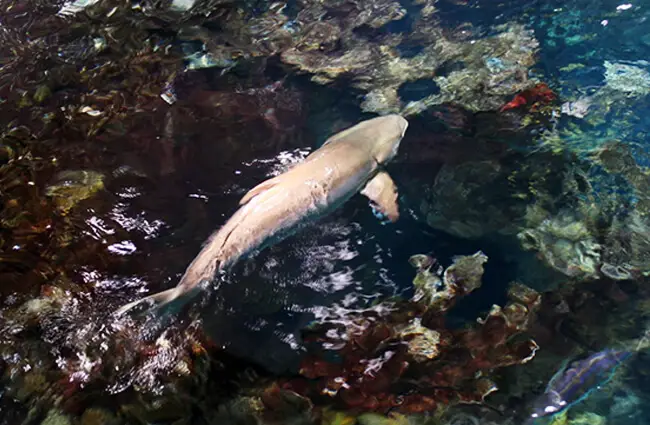
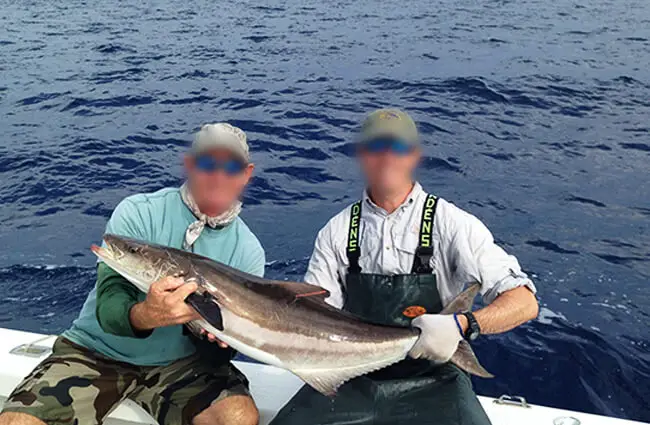
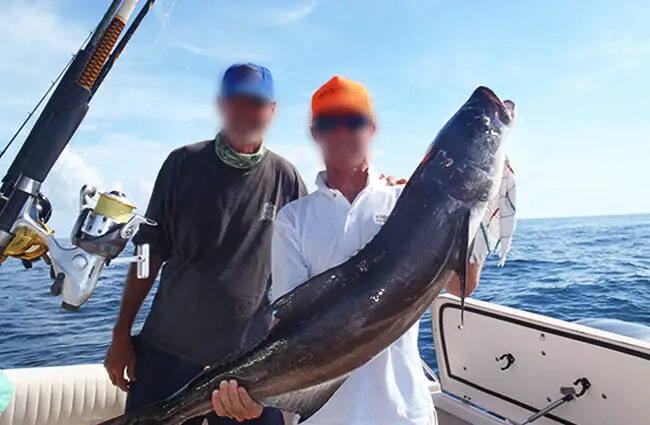

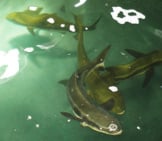

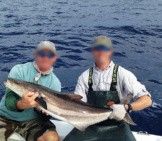

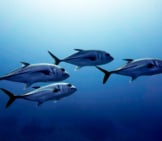
![Red Angus Closeup of a beautiful Red Angus cowPhoto by: U.S. Department of Agriculture [pubic domain]https://creativecommons.org/licenses/by/2.0/](https://animals.net/wp-content/uploads/2020/03/Red-Angus-4-238x178.jpg)










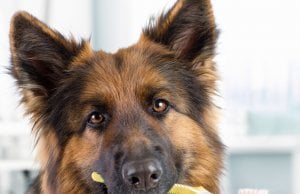

![Red Angus Closeup of a beautiful Red Angus cowPhoto by: U.S. Department of Agriculture [pubic domain]https://creativecommons.org/licenses/by/2.0/](https://animals.net/wp-content/uploads/2020/03/Red-Angus-4-100x75.jpg)

